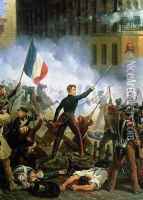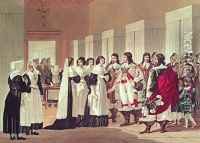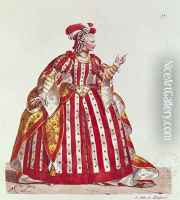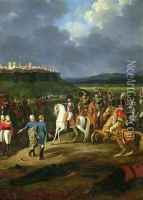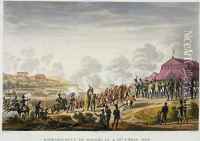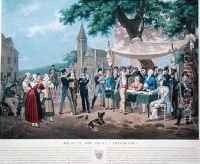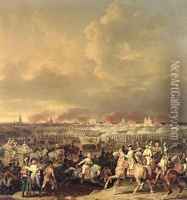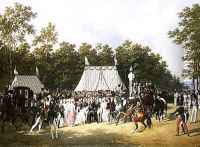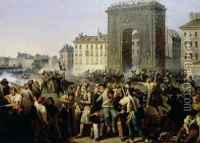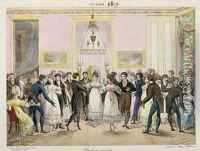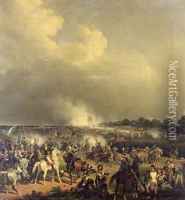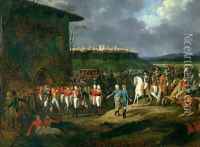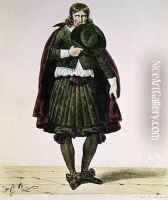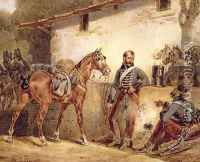Hippolyte Lecomte Paintings
Hippolyte Lecomte was a French painter born on November 15, 1781, in Paris. Not to be confused with his contemporary, the architect Léon Lecomte, Hippolyte made a name for himself in the realms of history painting and decorative arts. His artistic journey began under the tutelage of his father, a fan painter, which led him to develop a keen interest in the arts from an early age.
Lecomte's formal education in art started at the École des Beaux-Arts in Paris, where he studied under renowned painters such as Jacques-Louis David. This classical training had a profound impact on his style, which was characterized by a strong adherence to neoclassical principles, a clear influence of his mentor David.
Throughout his career, Lecomte exhibited at the prestigious Paris Salon, a venue that was the cornerstone of an artist's reputation in France. His works often depicted scenes from French history, mythology, and the Bible, resonating with the tastes of the time for grand historical narratives.
Lecomte's contributions to art extended beyond painting; he was also involved in art education. He served as a professor at the École des Beaux-Arts, where he influenced a new generation of artists. His legacy as a teacher is noted for his emphasis on drawing and composition, which were critical skills for the academic artists of the 19th century.
Despite his adherence to neoclassicism, Lecomte's work did undergo some changes over time. He was receptive to the shifts in the art world, and some of his later works exhibit a softening of form and a move towards romanticism, which was gaining popularity during the middle of the 19th century.
Hippolyte Lecomte's life was one of dedication to the arts. He passed away on March 17, 1857, in Paris. While he may not be as widely recognized today as some of his contemporaries, Lecomte's work remains a testament to the rich tradition of French academic painting during a period of significant transition in European art.
